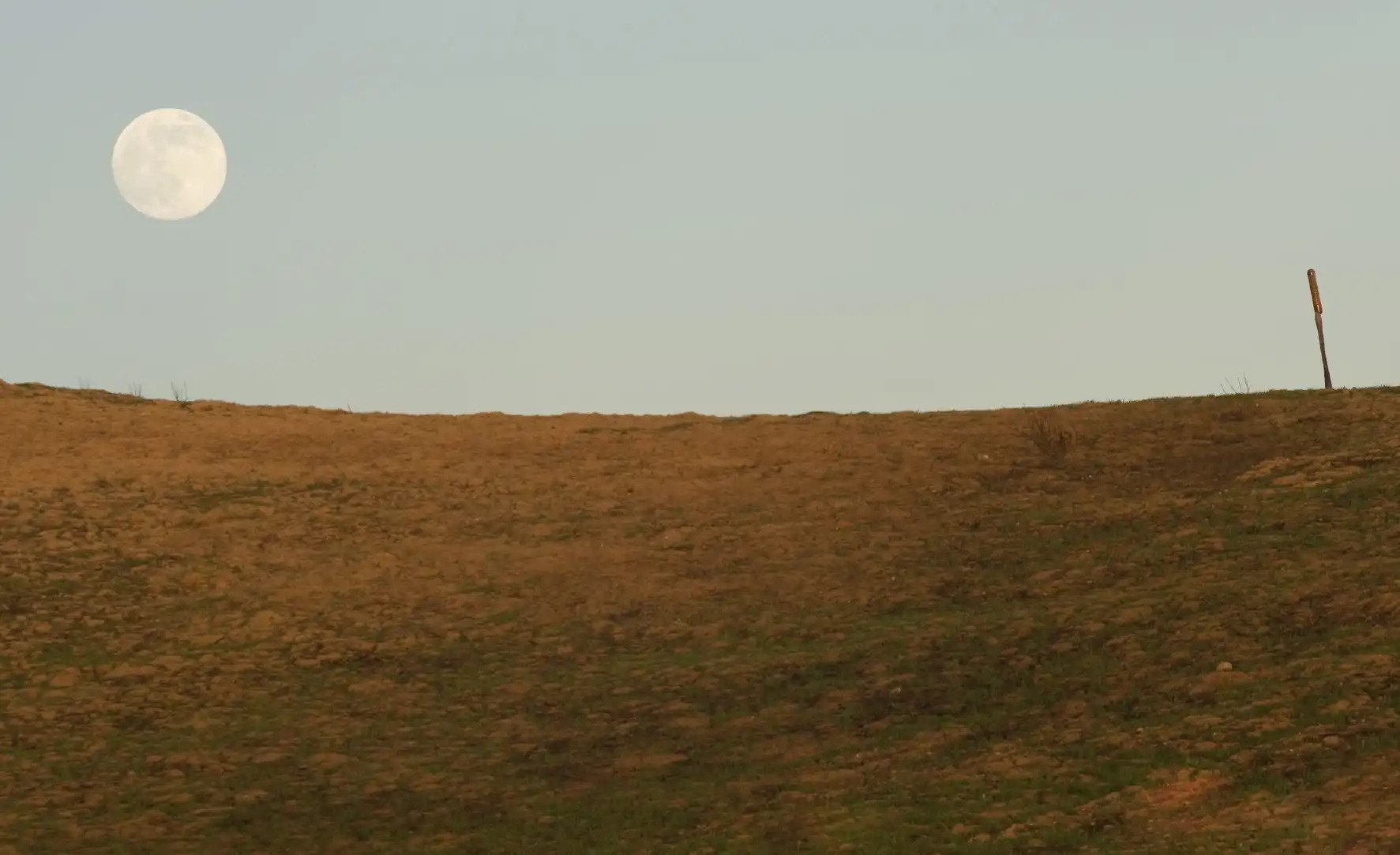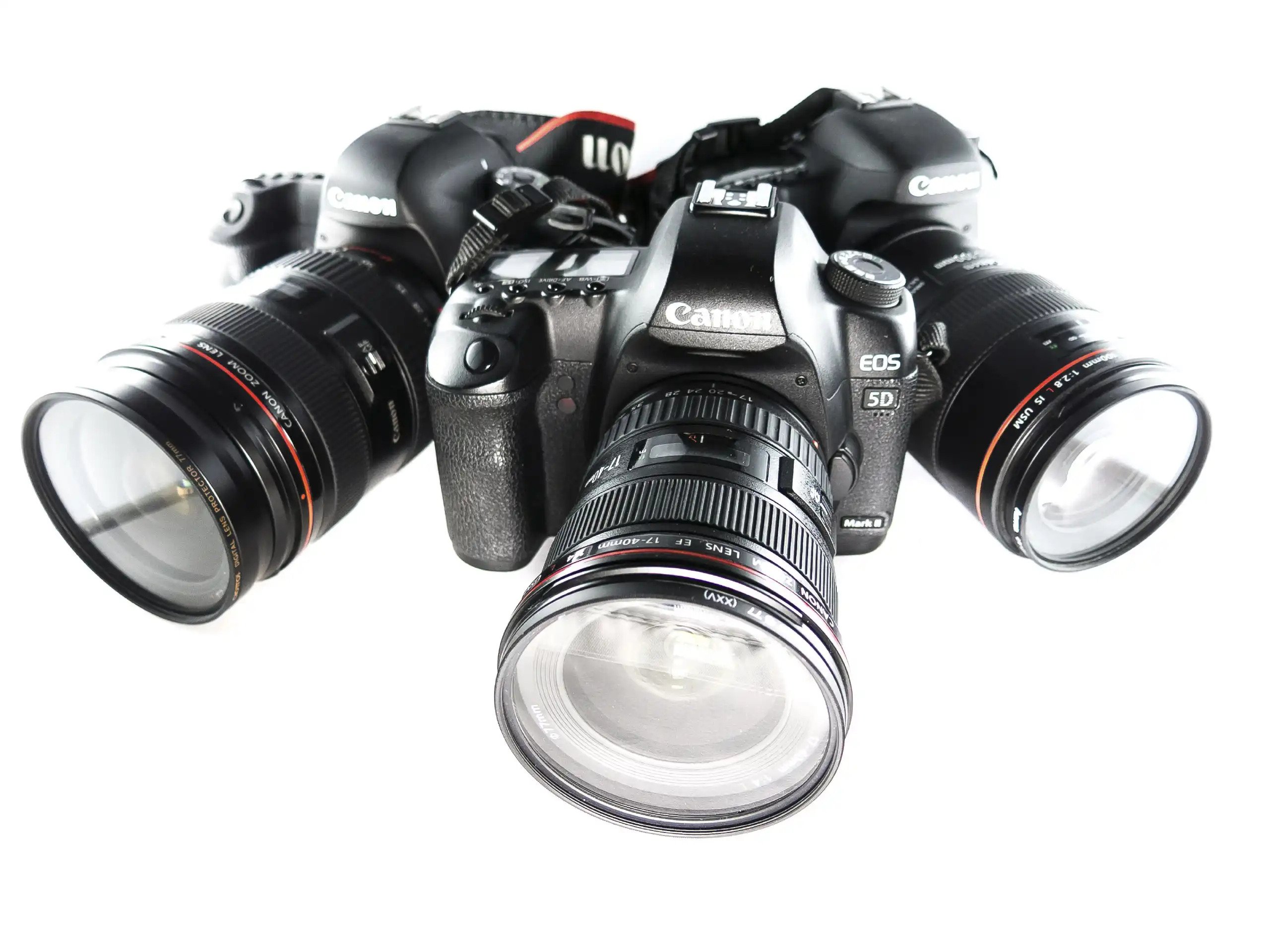Articles

How to Photograph a Full Moon
Photography TalkThe full moon can be a pretty spectacular subject or it can be a great element to include in a dramatic landscape. The light during a full moon creates a certain mood that you can transfer to your photographs by using a simple effective technique. Unlike photographing the Milky Way or trying to capture the moon’s craters, including a full moon in a landscape is a little different.

First of all, you need to find a spot with a great view. That depends on where you are, how easy the access is and how much sacrifice you’re willing to make to get to a good spot. What’s important is to get there well before moon rise. A tripod is an indispensable part of the process so make sure you bring one. Set it up, mount the camera and frame your shot approximately.
A long lens is required even though you’re taking landscapes. Make sure you have a focal length of at least 105mm available.
{module cameras T4i}
Once the moon rises, just around the “blue hour”, zoom in on it and get a correct exposure for that frame. Make sure the moon is well exposed with plenty of detail. You’re going to want to use a small aperture, somewhere in the range of f/11-f/16 and a low ISO setting, so that’s why it’s important to bring a tripod. After establishing the correct exposure, zoom out and recompose the frame the way you initially wanted.
Here’s a great demonstration from Adorama TV with photographer Bryan Peterson.
{source 0} {/source}
Learn more about photographing the full moon from these recommended books:
- Understanding Exposure, 3rd Edition: How to Shoot Great Photographs with Any Camera
- DSLR Photography for Beginners: Take 10 Times Better Pictures in 48 Hours or Less! Best Way to Learn Digital Photography, Master Your DSLR Camera & Improve Your Digital SLR Photography Skills
- Tony Northrup's DSLR Book: How to Create Stunning Digital Photography
{module Article bottom share buttons}
{module Recommended Reading}

















